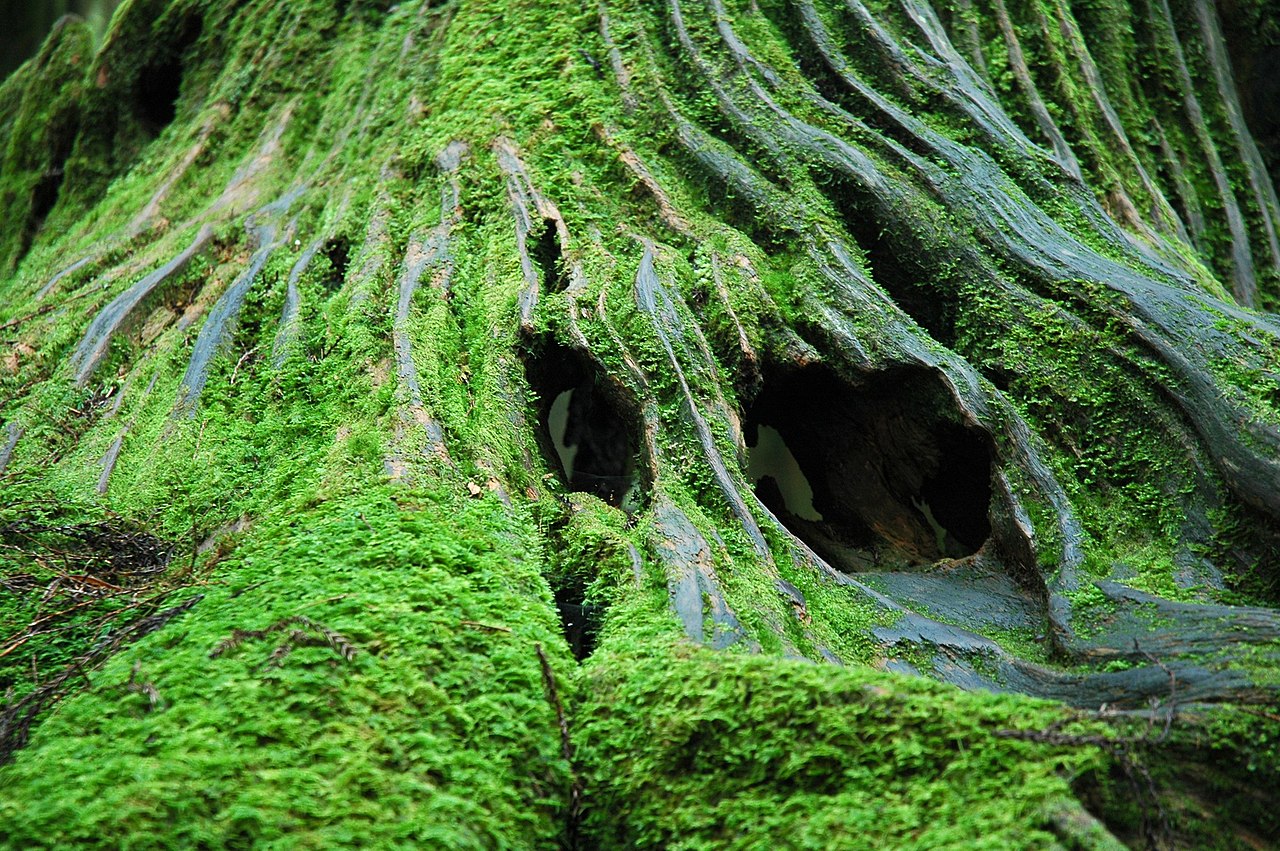
Credit: Jpatokal, CC BY-SA 4.0, via Wikimedia Commons
Background
Synopsis: Their small size causes mosses to often be overlooked on the landscape, yet they cover 2% of Earth’s surface, are present on every continent, and are one of the earliest known plants. Scientists recognize the vital role that mosses play on Earth but recent discoveries as to the hardiness and extreme conditions that these plants can withstand are raising an interplanetary question, should we use moss to colonize Mars?
- Mosses are small. For that reason, they are little known to the general population, and few have common names. Confusing Latin names prevent many people from getting to know these beautiful and amazing plants.
- Along with liverworts and hornworts, mosses belong to a division of plants known as bryophytes. It is estimated that there are 22,000 species of mosses located across the globe.
- All bryophytes lack a vascular system and exist without the rigid xylem and phloem to transport water as other types of plants. Bryophytes do not have true roots, and lack flowers, fruits or seeds.
- Without a true root system, mosses use their leaves and stems through which to absorb water and nutrients. The root-like structure of rhizoids serves to attach the plant to rocks, soil, or other structures.
- Mosses do not reproduce with seeds but instead reproduce with spores, similar to fungi and ferns. The sporophyte is a capsule-like structure that contains the spores needed for reproduction. Mosses can also reproduce asexually through fragmentation, when one part of the plant like a stem or rhizoid breaks off and regenerates, forming new plants.
- The smallest of these, the Cape pygmy moss (Ephemerum capensi), is the size of a pinhead and found in South Africa. Most larger mosses live in water to support their stems, however the largest moss, the Dawson superba, lives in the forests of Australia and New Zealand and grows to 24 inches (61 cm).
- Although small, mosses cover 2% of Earth’s surface, roughly the size of Canada or China.
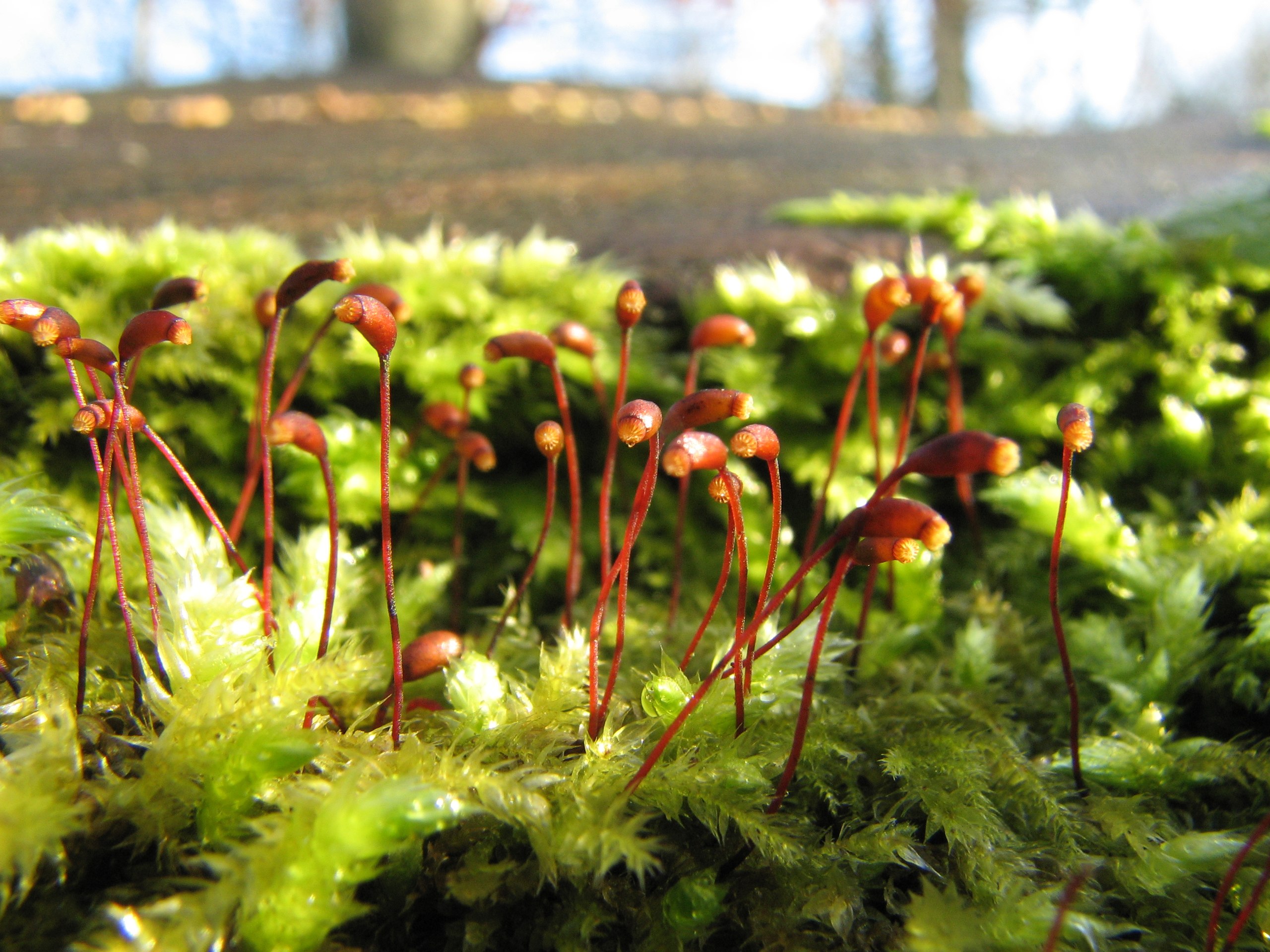
Sporophytes (spore-dispersing individuals) of a moss.
Credit: Lordgrunt, CC BY 3.0, via Wikimedia Commons
- Both soil and plants are of higher quality in locations where mosses live, providing valuable information to ecosystems researchers.
- Mosses store massive amounts of carbon. A team of researchers from Australia determined that, globally, soil under mosses can globally sequester 6.43 gigatons more carbon dioxide compared to bare soil. If just 15% of moss on the earth was removed, the amount of carbon released would be the equal or greater than the total annual carbon emissions from human activities that affect land such as mining, forestry and agriculture. (ED-36: Recycling Carbon)
- Mosses absorb and hold water, regulating water flow in an area and preventing flooding. Sphagnum moss was found to reduce water that flows into a stream after a rain event by 65%. Sphagnum moss also increased the time for the water to enter the stream, known as lag time, by more than 680%.
- Following lichen and algae, mosses are the second stage in primary succession. Primary succession is the process in which a lifeless area such as sand dunes, lava flows, or exposed rocks, begin the process of soil formation and the growth of a progression of plants. The rhizoids, or roots, of mosses latch onto rocks that have been broken down by the acid released from the lichen. With a sufficient supply of water, moss continues to grow and then decay by bacterial action, forming the base of soil needed for larger vascular plants.
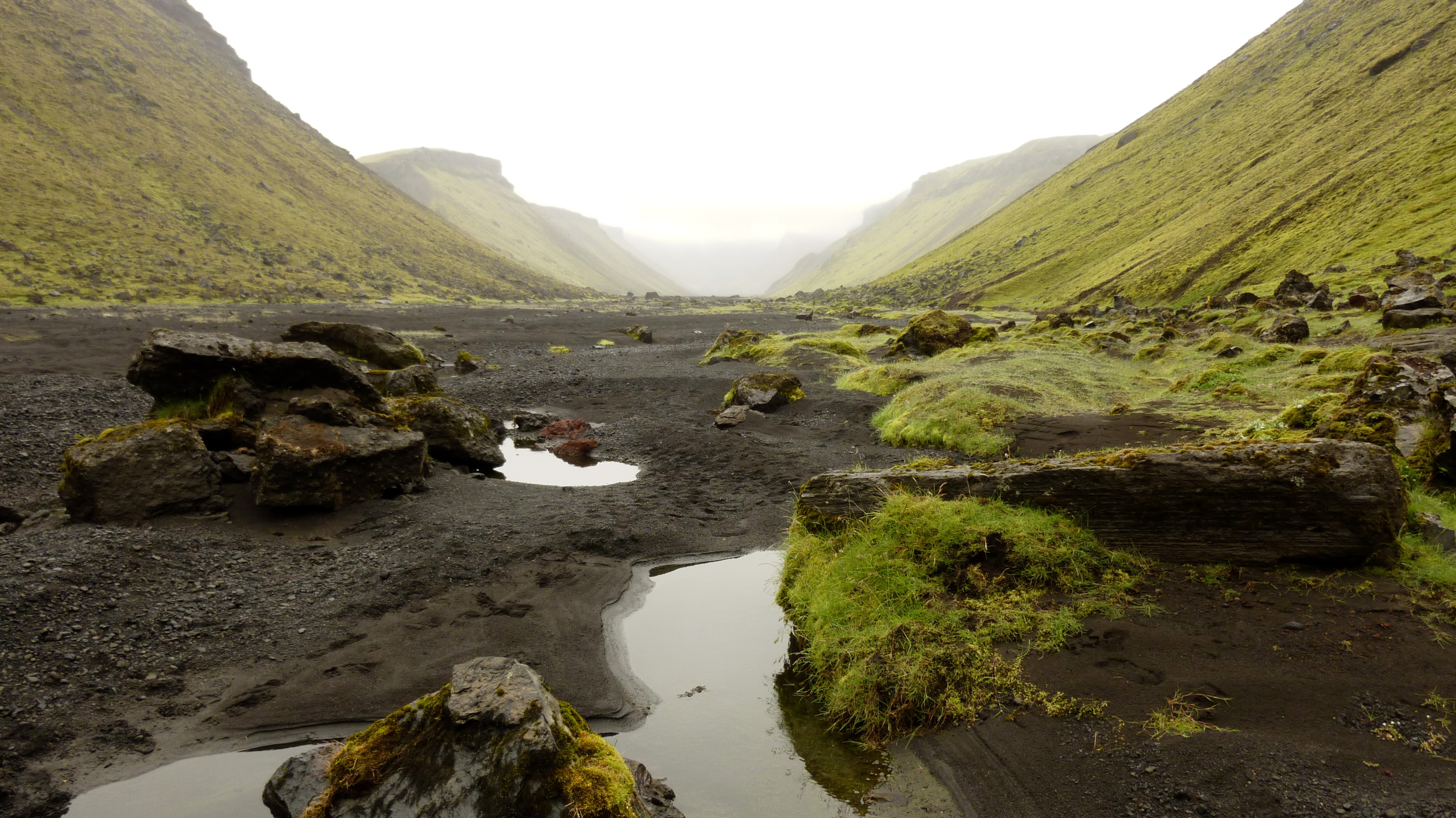
Lichens and algae are the first organisms to inhabit a barren landscape after an event like the eruption of the Eldgjá volcano in Iceland. As the lichen decompose, mosses begin to populate the rocks and soil begins to form.
Credit: Borvan53, CC BY-SA 3.0, via Wikimedia Commons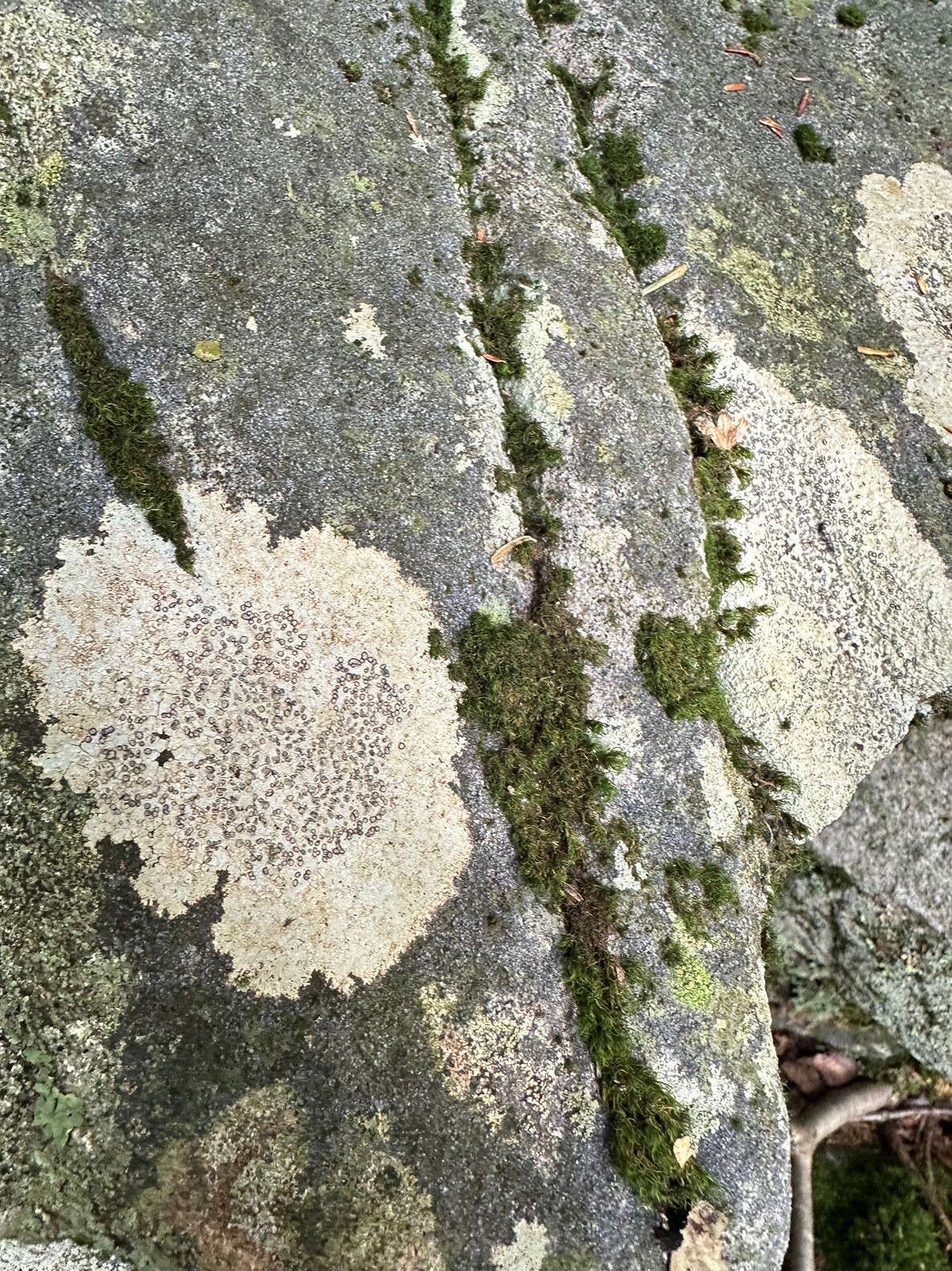
The round, grayish colored lichen grows on rocks and begin to break down the rock in soil and nutrients. Mosses then begin to grow, attaching their rhizomes onto the rock, often in small crevasses or ledges in which soil and moisture are held.
Credit: Lynn Kistler, Ricketts Glen State Park, Pennsylvania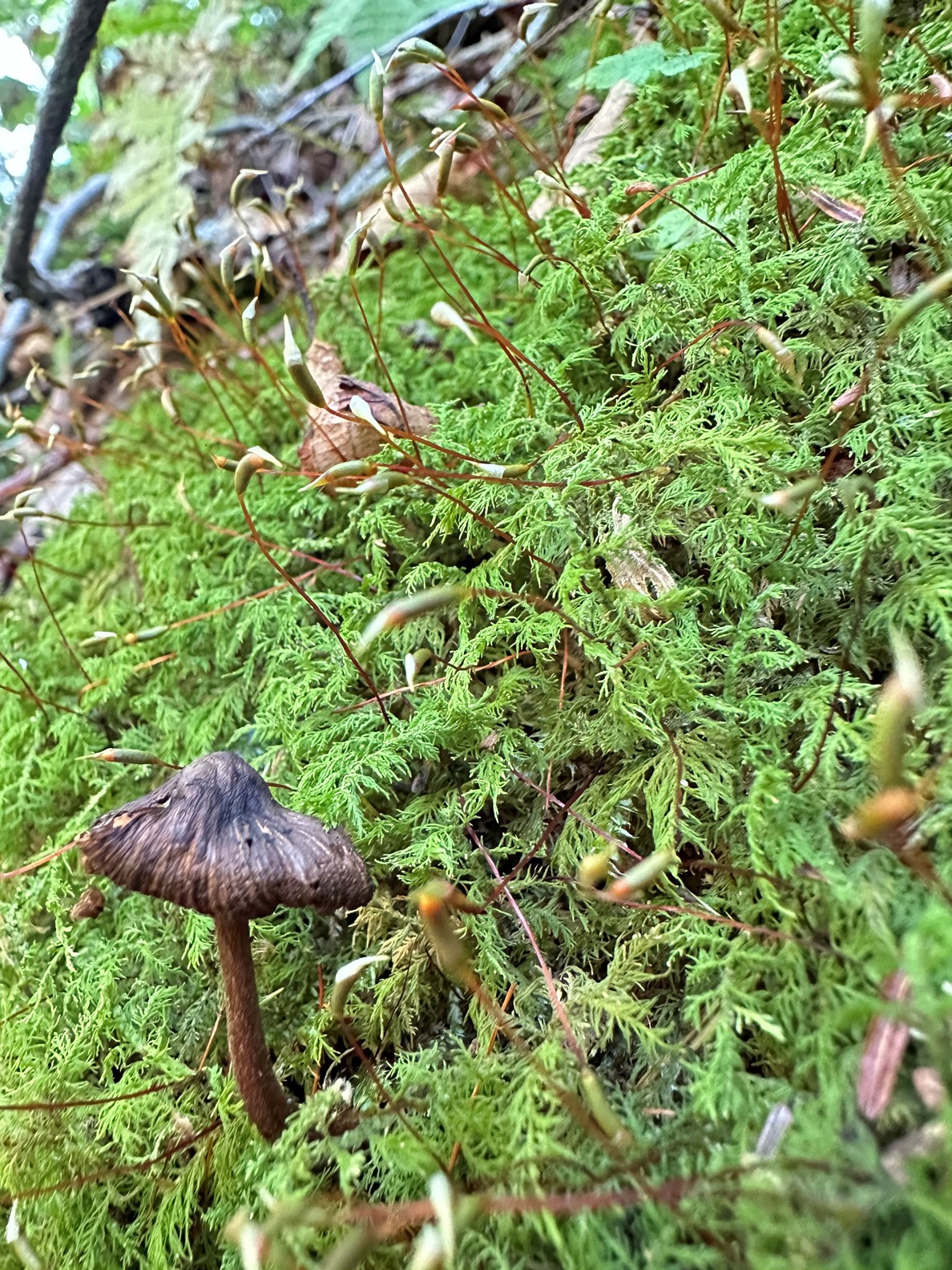
After mosses cover the surface of rocks, many other plants often begin to inhabit the surface including fungi, ferns, and even small trees. Also shown above are plenty of sporophytes, ready to disperse.
Credit: Lynn Kistler, Ricketts Glen State Park, Pennsylvania - Mosses provide habitat for many tiny and unique life forms including the “water bear,” or tardigrade. Other creatures that find a home on moss include nematodes (ED349 – Extreme Nematodes), mites, rotifers and gastrotrichs. Grab a hand lens or magnifying glass to explore the entire miniature forest found within a layer of moss.
- One of the most intriguing characteristics of mosses is the tolerance to drying out. The desert moss Syntrichia caninervis can be revived within hours of wetting even when dried for hundreds of years.
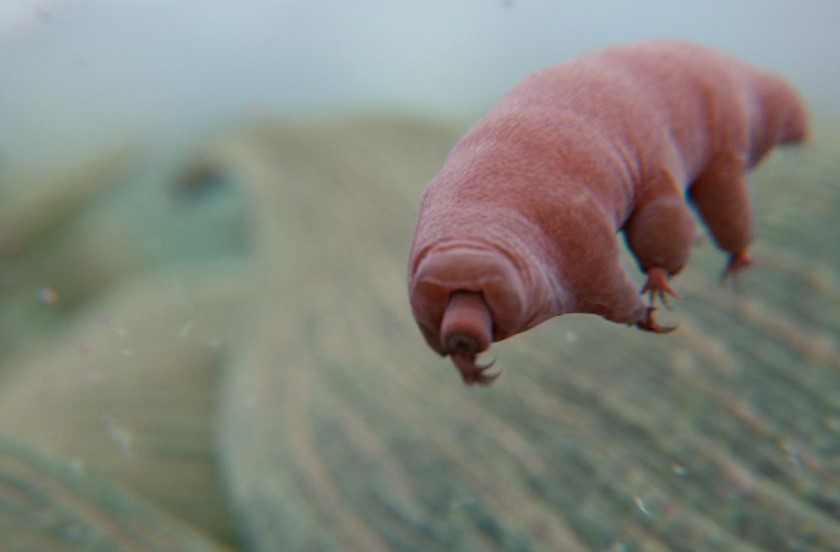
The tardigrade, also known as the water bear or moss piglet, is an 8-legged, segmented micro-animal. There are 1200 various types and are just 1 mm in size. Like the mosses where they make their homes, these tiny creatures appear to be indestructible, capable of surviving extreme temperatures, pressures and drought.
Credit: Rebekah Smith, public domain, via Wikimedia Commons
- The ability to survive harsh conditions and serve a vital role in soil formation drove a group of ecologists at the Chinese Academy of Sciences to explore how mosses might aid in developing life on Mars.
- The researchers were aware of a particular moss, S. caninervis, that densely populates the Gurbantünggüt Desert in northwest China where they experience wide ranging temperatures. They decided to see how it would survive even more extreme conditions.
- When they dehydrated and froze the plants, all the mosses recovered quickly, within 30 days, after defrosting.
- They then subjected them to even more extreme temperatures and air pressures to simulate the conditions on Mars. They observed no effect on the mosses.
- They exposed the moss to radiation levels of 50 Gy, an amount that would kill humans. (Gy represents Gray, a measurement for radiation dose) S. caninervis seemed to even speed up its growth in these conditions.
- The success of these tests has given hope that moss might be what is needed to colonize barren landscapes like Mars or the Moon. Should we introduce an Earthly plant like moss to the Mars landscape? That is a question that we should carefully consider given our past record of plant introductions here on Earth.
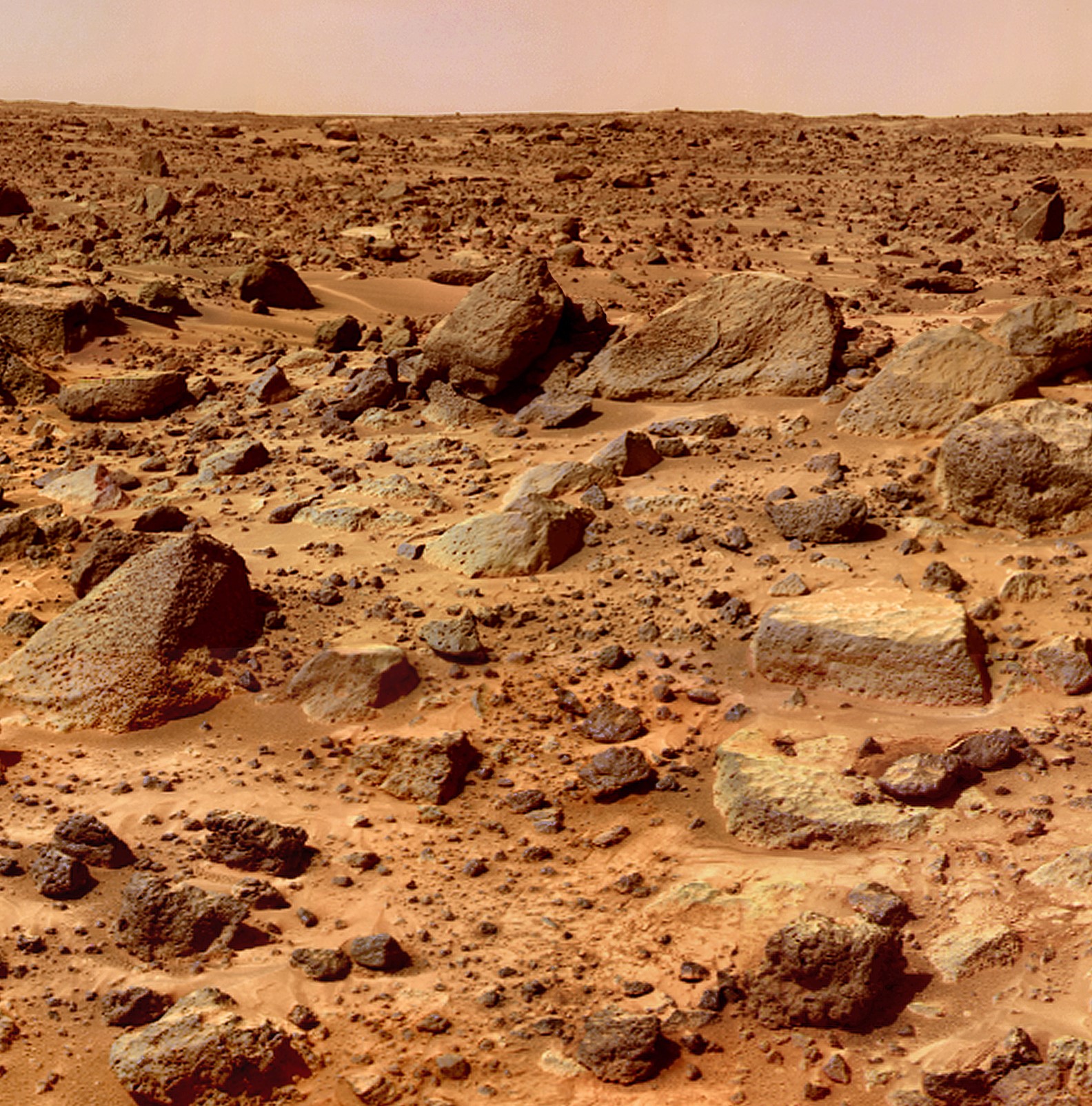
Could this rocky Mars landscape one day become lush and green like the forest floor in Olympic National Park?
Credit: NASA/JPL, public domain, via Wikimedia Commons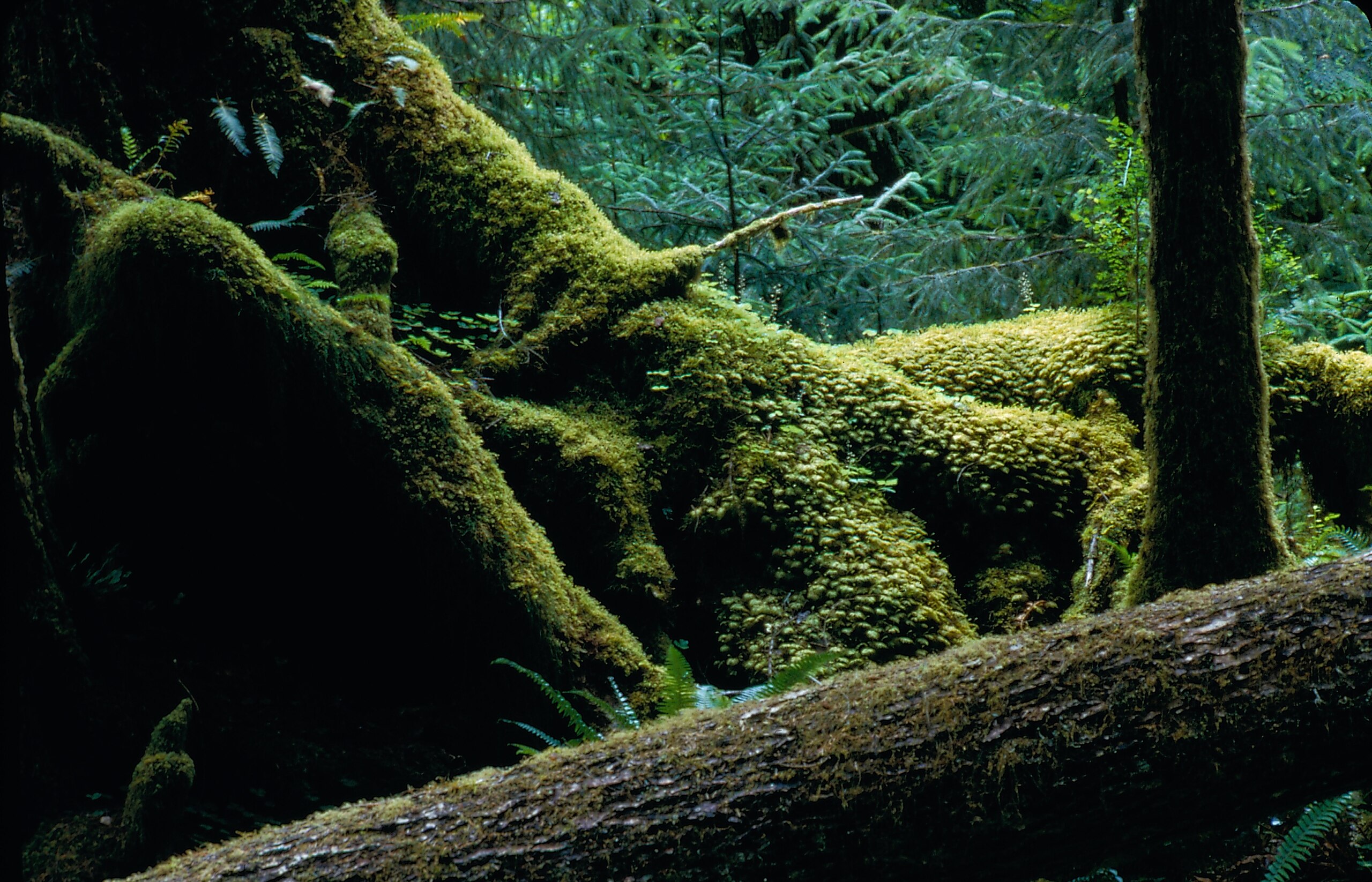
The dense, green landscape in Olympic National Park, Washington.
Credit: Olympic National Park, public domain, via Wikimedia Commons
Episode Script
Mosses are small but mighty. We don’t think much about them, since they grow so close to the ground. But there are an estimated 22,000 species of moss, living on every continent including Antarctica, covering 2% of Earth’s surface. That’s the size of Canada!
The soil under mosses globally can store 6 billion tons more carbon than bare soil. That’s more than the U.S. emits each year.
After lichen, mosses are the second stage in what’s called the ‘primary succession’ – the conversion of a barren environment, like a lava field, into one that can sustain life.
With enough water, moss will continue to grow, decay and grow again, forming the basis of soil. And within the moss, other lifeforms begin to grow, like fungi and ferns. But also mites, tardigrades and nematodes. Under a magnifying glass, mosses look like miniature forests.
And they’re hardy. One desert species in China can tolerate some of the lowest and highest temperatures on Earth.
To test its toughness, scientists exposed the moss to even greater temperature extremes, froze and dehydrated it. The moss rebounded without issue.
They even subjected it to radiation that would be lethal to mammals. The moss just grew faster.
The idea behind these tests was to see if this particular moss could one day be sent to Mars. One of Earth’s lowliest species just might green the red planet.

